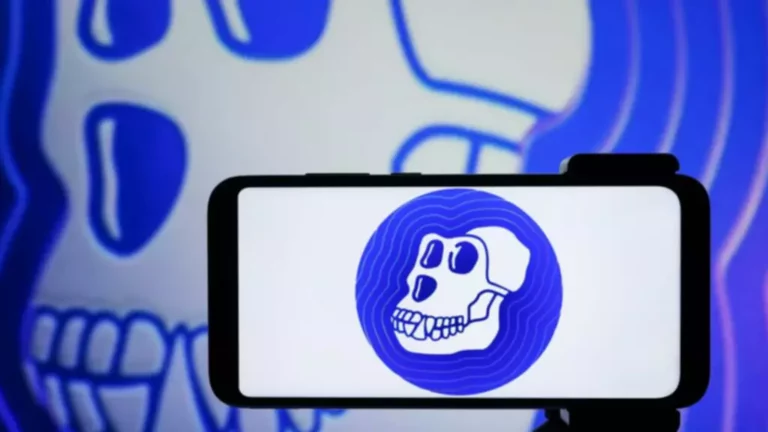Content
You learned how to create a send connector in Exchange Server. You learned how to create a send connector in Exchange with EAC and PowerShell. Configuring a new send Cryptocurrency wallet connector in Exchange with PowerShell is faster. Don’t forget that you can disable the created send connector instead of removing it.
Create send connector in Exchange with EAC
Receive Connectors are configured per server, and when something changes in your mail flow, Receive Connectors need special attention. exchange connectors When adding new Exchange servers, new Receive Connectors are added as well. In previous articles, I discuss the transport pipeline and how Exchange 2019 routes inbound and outbound messages using Send and Receive Connectors. In this article, I cover how to manage Exchange 2019 Send and Receive Connectors, including moving to new versions of Exchange. You may also like Find IP addresses using Exchange SMTP relay. It’s important to remove the default receive connector you want to recreate.
Configuring Outbound Mail Flow via a Smart Host
What if we like to add a send connector with PowerShell? Sign in to Exchange Admin Center as an administrator or with an account with the privileges to add a send connector https://www.xcritical.com/ in Exchange Server. In the next article, we will migrate mailboxes to Office 365. The send connector is now visible in the Exchange Admin Center. In the figure below, you can see how the Office365 connectors work in both scenarios. It’s quicker to create a send connector with PowerShell.
Receive Connectors in Exchange 2019

That’s an excellent way if you like to troubleshoot and test send connectors. In my next article, I will discuss how to customize that receive connector and the various options available for SMTP relay. The mailbox transport service is the only service that uses RPC communication.

Add send connector for outbound mail via Office 365
Suppose you only want to recreate one of them, then only remove that specific default receive connector. The Hybrid Configuration Wizard configures one send connector on your on-premises Exchange Server and two connectors (inbound and outbound) in Office 365. Configuring a Send Connector to send outbound internet email via a smart host is the same process as above, with the following differences.
Transport services in Exchange have not changed dramatically since Exchange 2013. This means that all transport components are now combined in one server role. In this week’s episode, we dive deep into Microsoft’s latest announcements and changes that will impact your organization in 2025 and beyond. Sometimes the list of IP addresses to add is too long to type out or the IP addresses come from an external source.
After the message arrives, copy the headers and paste them into the Message Header Analyzer. The new send connector will look as follow in the on-premises Exchange admin center. One thing you have to know is, that the very first thing you have to do is to set your publich DNS MX-record’s TTL down. My recommendation is to set the TTL for the MX-records from 3600 to 300, one day before moving . This allows us to have less or no problems at all by changing the mail flow.More information about MX-records you can find HERE.
- Now that we’ve created a connector, we need to create a mail flow rule that will send mails to the connector based on the criteria you define.
- We’ll also cover testing and troubleshooting a Send Connector, and some more advanced configuration options.
- One thing you have to know is, that the very first thing you have to do is to set your publich DNS MX-record’s TTL down.
- We showed how to configure outbound mail via Office 365.
- Send Connectors do not need much management, but there are some properties that need attention.
I use the script published by Ali Tajran which you can download here. This script checks if any host is still using a Receive Connector on an (old) Exchange server. We showed how to configure outbound mail via Office 365. Change the Exchange on-premises outbound mail flow before, during, or after migration. From that point, the outbound mail flow will go via Exchange Online Protection and land in the recipient’s mailbox. Right now, the on-premises Exchange organization has a send connector for outbound mail to the internet.
When the categorizer determines the mailbox of the recipient, the message is put on the delivery queue before transport routes it to another mailbox server or to the Mailbox transport service. The names look similar, but it’s a different service. The Mailbox transport service is the service that communicates with the mailbox database to deliver the message to a mailbox or to pick up an outgoing message from a mailbox.
You learned how to recreate default receive connectors in Exchange Server. If you have issues with inbound mail flow or made changes to the default Exchange Server receive connectors and want to set it back to its original configuration, recreate them. Recreate the receive connectors in Exchange admin center or with the PowerShell script. Why discuss Exchange 2019 Transport now, since it seems like everybody is moving to the cloud? Well, many of the organizations that move to the cloud run an Exchange hybrid organization and need at least one Exchange 2019 server on-premises for management purposes. This server (or these servers) is often used for SMTP relay purposes.
First, the network setting is configured to Route mail through smart hosts instead of MX records. You must then click the + button to add at least one smart host name or IP address. Multiple smart hosts are permitted and are recommended for redundancy. For this scenario to work as expected, we will have to configure the Exchange servers to send all messages directly to Office 365.The connector enables Office 365 to scan all mails for malware and SPAM. When the Send Connector is configured to use smart hosts and a change occurs in the smart hosts, use the Exchange Admin Console to add or remove a smart host. Open the Exchange Admin Center and navigate to Mail flow → Send Connectors.
When you choose to use a smart host you also get the option to configure authentication for the Send Connector. This is only necessary if the smart host requires it. Many email security servers/appliances or even hosted solutions will simply authenticate you based on your IP address rather than require other credentials. Organizations often want to use Exchange Online for outbound mail because of Exchange Online Protection (message hygiene).
Multiple servers will provide redundancy for outbound mail flow. To recreate the default receive connectors in Exchange admin center, go through the screens below and ensure that you configure the same configuration for each receive connector. Start Exchange Management Shell as administrator and run the Set-ReceiveConnectors.ps1 PowerShell script to recreate the default receive connectors. In the next step, we will show how to recreate the default receive connectors with a PowerShell script.
